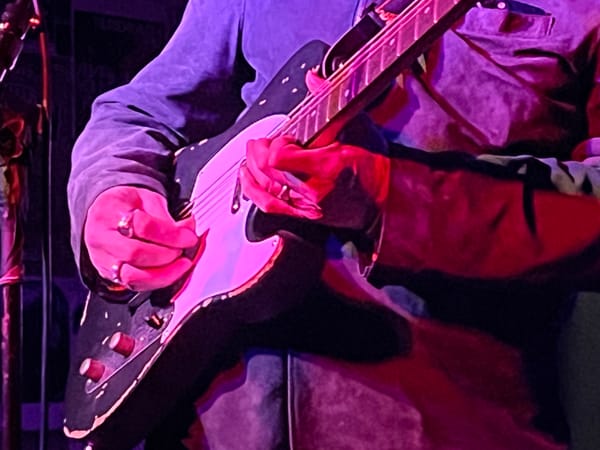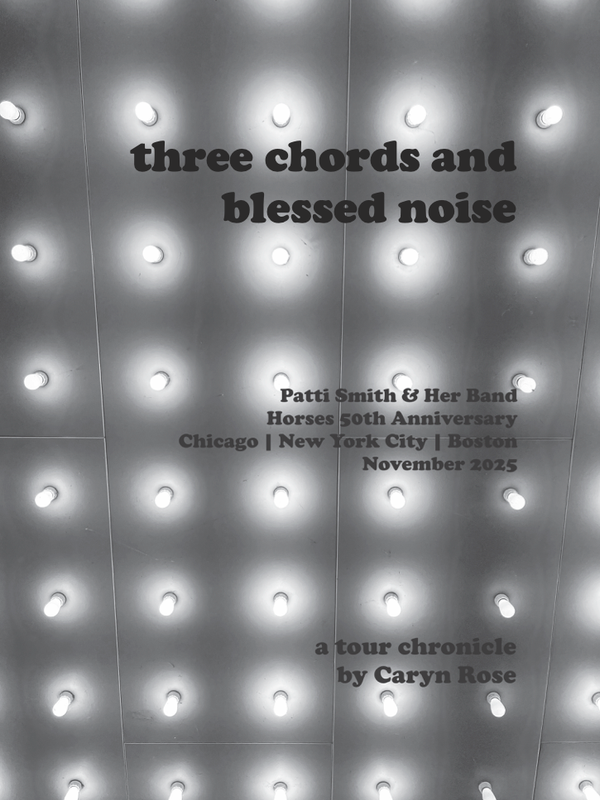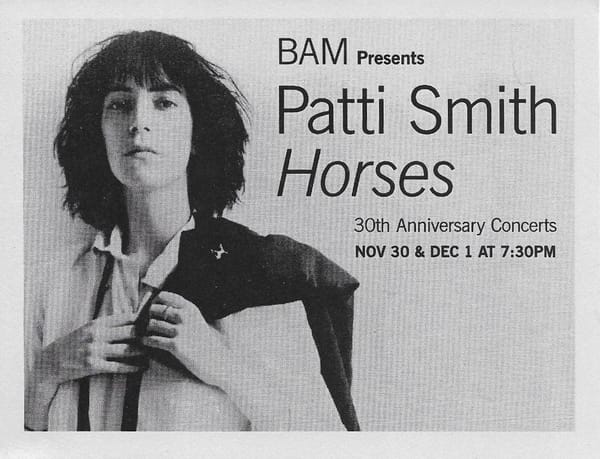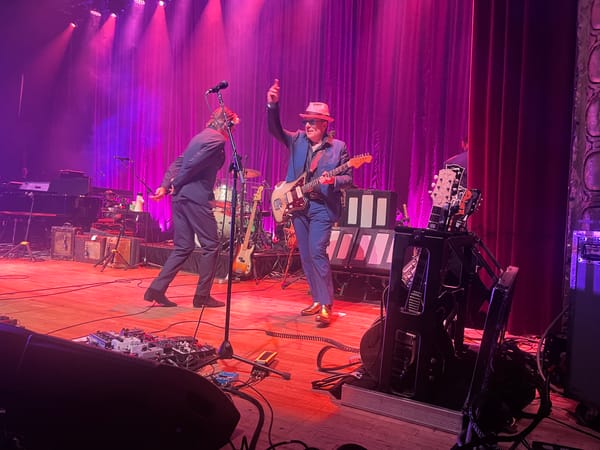book review: Mia Zapata and the Gits: A Story of Art, Rock, and Revolution
It is the story of Mia’s life and not just her death.

jukeboxgraduate dot com is an at-least weekly newsletter about rock and roll, written by Caryn Rose. the newsletter is free, but paid subscriptions help me prioritize this work. if you can't afford to subscribe or put money in the tip jar, tell a friend about the newsletter & why you like reading it!
I was exactly halfway through Steve Moriarty’s book about his life as a musician in the band the Gits [MIA ZAPATA & THE GITS: A STORY OF ART, ROCK, AND REVOLUTION, Feral House], and appreciating the read, when I remembered that I already knew how this book was going to end. It was going to end with the death of his bandmate, Mia Zapata, who was raped and murdered in July of 1993, and nothing about his careful and honest retelling of how he and Mia and the rest of the band first met as students at Oberlin, or their lives as working musicians, or his stories of living in Seattle in the early 90’s was going to change any of that.
I originally wrote that I was “enjoying” the read and that’s not inaccurate, because I very much did enjoy reading his story. Moriarty’s writing is clear and direct and there’s a sense that he has taken extreme care to be as honest as possible. It’s the rare kind of book that successfully evokes place and emotion and it makes you feel something, it puts you back into those places, whether it’s breaking into an abandoned music building, sneaking into a pool on a hot Midwestern summer night, tripping on LSD during a rainstorm, fighting through depression, or rescuing equipment from a flooded basement. But it felt wrong to enjoy something that only has one ending, and I knew that in advance.
I was looking forward to hearing Steve’s retelling of the band’s history, because for so long everything just focused on how it ended, and the aftermath. When I moved to Seattle in the spring of 1995 I already knew about her death and as I became part of the community, I saw first hand how it impacted the community. My NYC-self was trying to walk everywhere – somehow I moved there without a car and made that work for like a year before giving up – and I was always being warned to be careful, offered rides, or even just people making sure that I knew that the murder had happened, that no one knew why or how it happened, just that she was beloved and she had been fierce – you could hear that in her voice when she sang – and now she was gone. I know, I would tell them. I know. I thought I was street smart, I thought I knew how to take care of myself. But so did Mia Zapata.
The Gits were literally on the brink of finally getting the exposure they deserved, in a scene rife with record deals and media attention. Moriarty blames misogyny and sexism, and at first I was skeptical but I also know that in that particular time period I was still sure that an individual woman could defeat those forces by just being good enough. (I was in my 30’s, give me a break.) The Gits just kept doing the work. They formed community with other bands. They started their own label. They put out records. They earned the money for recording studio time. They figured out how to infiltrate the scene and then blew everybody's minds. They opened for Nirvana at the HUB Ballroom at UDub. (And as someone who was a historian of Seattle music for a very long time, I was thrilled to finally have a detailed description of what playing that room was like.)
The Gits were on yet another tour when the major labels came knocking, and it looked like this time they had finally gotten through. And then Mia was murdered and it changed how so many people I personally knew in Seattle interacted with the city, in addition to the creation of Home Alive, the self-defense educational collective launched by musicians in the scene.
But this book is everything that got left out of that. It is the story of Mia’s life and not just her death. It focuses on how the members of the Gits formed and became musicians and how they lived and worked and labored, how they got to Seattle in the first place. There is a lot of unvarnished truth here and it isn’t only snark, because 80% of it is directed at himself and his bandmates and their close friends and associates. It is not often that people will voluntarily tell you about their errors and mistakes and bad calls and dumb decisions without trying to spin them in a more favorable light.
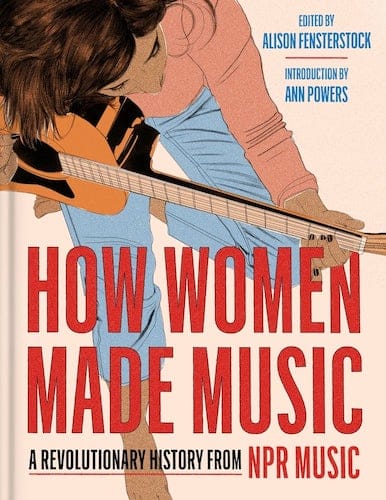
It is also a charming tale of life before we all had flying cars in our pockets, and that makes it necessary. How did we get places, how you booked tours, how you calculated the driving time between cities, how you made connections with people and trusted that you would get to the coffee shop that has all ages shows and there would be a place for your to plug in and play and that someone would have done the work to tell the community the show was happening so there’d be people to play in front of. People did this by letter and by picking up a telephone. He doesn’t even romanticize any of it; he’s just explaining how it worked, the nuts and bolts of it.
What year are we in, I asked myself in my brain. What year is it? How much more time do I have? That was after I’d put the book down and realized I was at the halfway mark and avoided it for a day or two because I wasn’t ready to march down the path to the end of the story. It’s not fair, I thought repeatedly. They worked so hard. They were a great band. I never got to see Mia sing live. I didn’t even get to see the Gits play with Joan Jett, who joined the surviving members in an outfit called Evil Stig, “live Gits” backwards, to help them fundraise for the private detective they hired because they felt that SPD were not taking her murder as seriously as they should have been, because she was a woman who didn’t adhere to conventional beauty standards and was a musician and worked in a bar and whatever reason society could come up with to ‘other’ her.
The book ends when the band gets home from tour on July 4, 1993; Mia’s body was found on July 7, 1993.
There’s an epilogue when Moriarty gets the call about the potential DNA match that identified Mia’s killer. It’s only a page and a half but it’s enough to feel the decades of Moriarty’s anguish. I’m glad he ended it before she died, so this is a book about her life and not her death. There is so much life in this book, so much living, so much blood and sweat and heat and stale beer. It is the best tribute, the best statement, the best treatise. It is a story about a band who lived according to their principles, no matter how hard it was, how hard it might have been, how easy it would have been to sell out (whatever that means to you) or do things that were the opposite of what the band members believed. I hate that my life was more influenced by her death than it was by her music, that I didn’t get the chance to see where she and the band could have gone. I'm glad this book exists to give me the opportunity to get to know her better.
If you'd like commenting privileges, become a paid subscriber!
.

